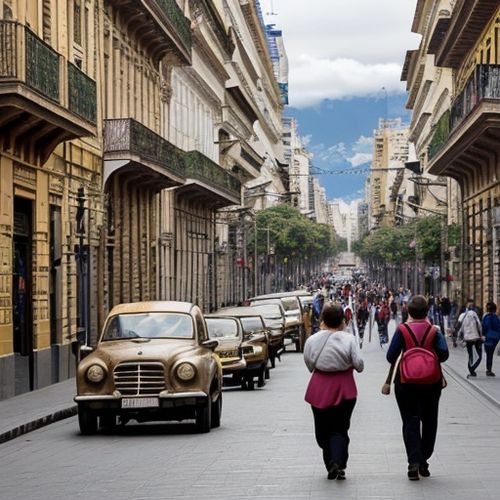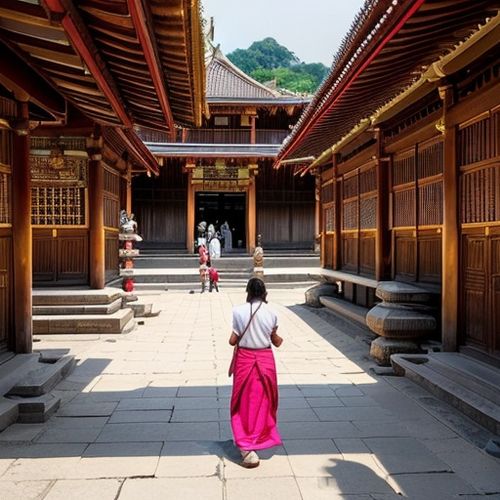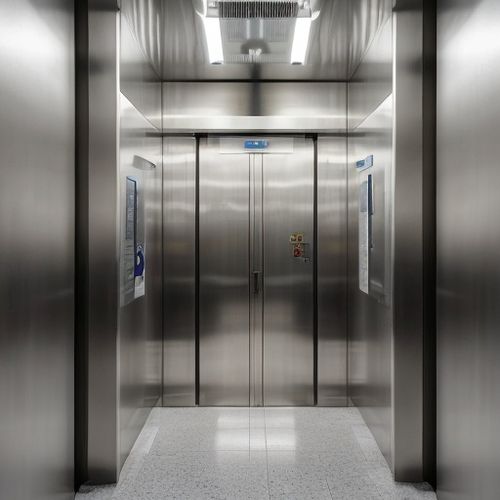In the bustling streets of Buenos Aires or the tranquil plazas of Quito, time moves differently. South America operates on its own rhythm, a cultural cadence that often baffles outsiders yet feels perfectly natural to those who call this continent home. The concept of time in South America isn’t just about clocks and schedules—it’s a philosophy, a way of life deeply rooted in history, social values, and a distinct perspective on what truly matters.
The Elasticity of Time
Anyone who has spent time in South America quickly learns that punctuality is a fluid concept. A meeting scheduled for 3 PM might start at 3:30, or even 4:00, without anyone batting an eye. This isn’t laziness or disrespect—it’s simply a different understanding of time’s rigidity. In many South American cultures, relationships and human connections take precedence over strict adherence to the clock. A conversation shouldn’t be cut short just because a calendar slot has ended, and arriving "late" is often a sign that one took the time to engage fully with whatever—or whoever—came before.
This elasticity can be traced back to indigenous traditions, where time was measured in natural cycles rather than minutes and seconds. The Inca, for example, organized their days around the movement of the sun and the needs of their communities. Modern South American timekeeping still carries echoes of this worldview, where the present moment holds more weight than an abstract future commitment.
Social Time vs. Business Time
There’s an unspoken rule across much of the continent: social time and business time operate on different wavelengths. While a dinner party might start hours after the stated time, professional settings often demand more punctuality—though still with more flexibility than in, say, Northern Europe or North America. Even in business, however, rushing through interactions is frowned upon. A meeting will almost always begin with personal conversation, coffee, or even a shared meal. Skipping these niceties to "get down to business" can come across as cold or impersonal.
This distinction between social and professional time creates an interesting duality. Foreigners are often advised to confirm whether an event is "hora inglesa" (English time, meaning punctual) or "hora latina" (Latin time, meaning flexible). Weddings famously start late, while international business meetings might start only slightly late. The key is reading the context and understanding that time serves the people, not the other way around.
The Festival Mentality
Nowhere is the South American concept of time more vividly displayed than in the continent’s legendary festivals. Carnival in Rio de Janeiro or Barranquilla operates on its own temporal logic, where parades stretch deep into the night and the party continues until the last dancer drops. The same applies to smaller local fiestas across the region—these celebrations aren’t constrained by watches or schedules. They unfold organically, following the energy of the participants rather than a predetermined timeline.
This festival mentality extends beyond actual parties to everyday life. Spontaneous gatherings often trump prior plans, and the best moments frequently arise from unscripted encounters. There’s a shared understanding that some experiences can’t—and shouldn’t—be rushed. A sunset over the Andes, an impassioned tango performance, or a leisurely asado (barbecue) with friends all demand their own temporal space.
The Clash with Global Time
As globalization tightens its grip, traditional South American time concepts increasingly bump against international business norms. Multinational companies often impose strict punctuality requirements, while the tourism industry has had to adapt to foreign expectations about schedules. Younger generations, particularly in cosmopolitan cities, sometimes embrace more clock-driven lifestyles, creating generational divides in time perception.
Yet even amid these changes, the essence of South American time persists. The siesta tradition might be fading in some urban centers, but the value placed on human connection over mechanical efficiency remains strong. Perhaps this explains why, in an increasingly hurried world, so many visitors find South America’s approach to time so refreshing—it offers a reminder that life exists between the ticks of a clock.

By Laura Wilson/Apr 14, 2025

By Joshua Howard/Apr 14, 2025

By John Smith/Apr 14, 2025

By George Bailey/Apr 14, 2025

By Thomas Roberts/Apr 14, 2025

By Amanda Phillips/Apr 14, 2025

By Daniel Scott/Apr 14, 2025

By John Smith/Apr 14, 2025

By Amanda Phillips/Apr 14, 2025

By Christopher Harris/Apr 14, 2025

By Eric Ward/Apr 14, 2025

By Eric Ward/Apr 14, 2025

By David Anderson/Apr 14, 2025

By Thomas Roberts/Apr 14, 2025

By Grace Cox/Apr 14, 2025

By George Bailey/Apr 14, 2025

By Ryan Martin/Apr 14, 2025

By Thomas Roberts/Apr 14, 2025

By Samuel Cooper/Apr 14, 2025

By Rebecca Stewart/Apr 14, 2025